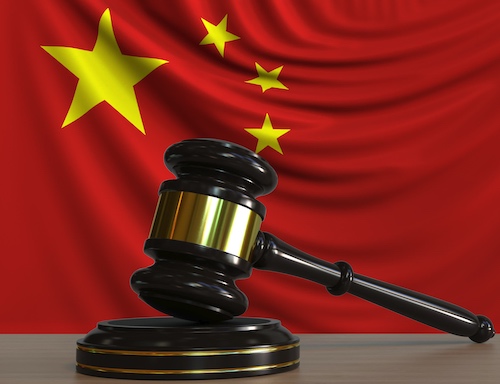String ‘Em Up: Light Patentee OK to Notify Others of Patent Suit: Lite-Netics, LLC, v. Nu Tsai Cap. LLC, d/b/a Holiday Bright Lights, 2023 WL 2054370 (Fed. Cir. Feb. 17, 2023) | Irwin IP LLP
Sticks and stones may break your bones, but don’t complain to the Court of Appeals for the Federal Circuit (“CAFC”) if a patentee calls you an infringer, claims you copied, or threatens to sue your customers. Holding speech restrictions granted in a preliminary injunction were an abuse of discretion, the CAFC made clear that Lite-Netics’ ability to provide notice to an alleged infringer or describe its intent to enforce patent rights preempt state-law claims where the claims were not objectively baseless.
Lite-Netics, holder of two utility patents for magnetic holiday string lights, appealed the district court’s preliminary injunction barring Lite-Netics from suggesting competitor Holiday Bright Lights (“HBL”) is a patent infringer, copied Lite-Netics’ lights, or that HBL customers might be sued. In 2017 and April 2022, Lite-Netics sent cease-and-desist letters to HBL that asserted patent infringement. Then in May 2022, Lite-Netics communicated to its own customers (some of whom were also HBL’s) about alleged infringers in the market and its intent to enforce its patents. After Lite-Netics sued HBL in August 2022, it sent another letter that “any company using or reselling the HBL products” may be joined in its lawsuit against HBL. HBL counterclaimed, in part, that the second customer letter constituted defamation and tortious business interference under state law, moving for a TRO and preliminary injunction on those bases.
The district court issued a TRO and then a preliminary injunction against Lite-Netics. The district court determined that it did not see how Lite-Netics could reasonably believe that HBL’s magnetic cord infringes the patent, and the therefore, the claim that HBL infringes (literally or under the doctrine of equivalents) was therefore likely baseless. Vacating the injunction and remanding, the CAFC explained that notice of patent rights is an issue of federal law— “not a matter of state tort law”—unless bad faith is present. Bad faith, the CAFC said, involves First Amendment principles (where an injunction is severe) and is present only if asserted patent claims are objectively baseless. The CAFC then reviewed the patent claims and found an objectively reasonable basis for Lite-Netics’ infringement allegations; thus, there was no bad faith.
First, the CAFC found that “a magnet” is not limited to a one-piece magnet under patent law, and typical traps that might limit a patentee’s scope (e.g., what is shown in patent figures or included in specification language) are not at issue. Second, HBL’s two-piece magnet, according to the CAFC, may reasonably be determined to be equivalent to “a magnet” where a two-piece magnet achieves the same function in the same way to produce the same result. Third, on the meaning for the lights to be “attached”, the CAFC noted legal precedent supported Lite-Netics’ broader definition. Thus, the CAFC found that the district court had abused its discretion in concluding that Lite-Netics could not reasonably expect success on the merits.
As a practice pointer, unless advancing objectively baseless claims, patentees should be free to announce infringement claims without fear of liability for state law claims, like defamation or tortious interference.






